|
Image by Jeff Harmon, used under a Creative Commons Attribution 2.0 Generic license (Flickr image link) We all remember our first visit to the dentist, some more traumatic than others. However, you may also remember how one little sticker made everything seem much better! You may also remember your first swimming badge or asking your Mum to sew on your first badge from Scouts or Guides! Well it’s good to see that, despite living in a high-tech world, badges and stickers can still be used to incentivise both students and adults alike! What’s changed? The impact of using stickers in the classroom is well documented however, thanks to improvements in technology, the way in which we award and manage rewards in the classroom has got a whole lot better! Digital Badges Digital badges are online representations of skills / achievements you’ve earned. These can range from demonstrating good behaviour to accomplishing a new skill. There is a wealth of tools available to help you manage and reward digital badges. Here are just a few of my favourites: 1. ClassDojo ClassDojo - classdojo.com - helps teachers improve behavior in their classrooms quickly and easily. It also captures and generates data on behavior that teachers can share with parents and administrators. Teachers can use ClassDojo to award badges for behaviour and give students real-time feedback while in class. ClassDojo provides instant notifications for your students (‘Well done Josh! +1 for teamwork!’). All fully customizable for your classroom. Students can track their behaviour from home and Parents / Carers can also view their child's progress via the ClassDojo app via a special invitation code. 2. Edmodo Edmodo - edmodo.com - is a FREE 'Social Networking' environment for students, parents and teachers. It provides a safe and easy way for your class to connect and collaborate, share content, and access homework, grades and school notices. In fact, many schools are ditching their VLE's in preference to Edmodo. Teachers and students can post messages, discuss topics, assign and grade work. Edmodo also allows you to share digital content such as links, pictures, videos, documents etc. A feature of Edmodo is the ability to award badges for positive behaviour. This feature allows you to incentivise your students and provide recognition for their achievements. Edmodo also allows you to create your own badges by uploading a 114 x 114 pixel image and, if you need a little inspiration before you start creating your own badges, you can easily view and add other teacher’s badges to your collection. And, just in case you feel left out, as a teacher you too can earn badges! The Edmodo Training Badge - a way of recognising teachers’ efforts to enhance their knowledge of Edmodo 3. Classroom Carrots Classroom Carrots - http://www.classroomcarrots.com - Thanks to @TeacherToolkit for sharing this. (See his original post here) Classroom Carrots is a free tool to help teachers manage student behaviour and improve engagement. Classroom Carrots is different in that it combines physical stickers, which can be purchased from its parent site (schoolstickers.co.uk), and matches them to virtual stickers which can be recorded online using a free app. Each student is assigned their very own avatar, a computer-generated virtual identity, and when rewards are given out teachers simply drag and drop the virtual sticker onto the relevant avatar. Immediately the pupil's name and reward flash up on the classroom whiteboard or computer. Pupils are then given the matching physical sticker, and if requested, an email can automatically be sent to parents to keep them informed. Classroom Carrots allows the teacher to reward individual pupils in real-time and keep track of their behaviour online. Teachers can also engage with parents by using the Reward Book module as well as evaluate performance using the reporting tool. How it works: Open Badges Open Badges is a new digital reward system which allows students to verify their skills, interests and achievements and store them all in one place. The badges are awarded by completing a series of tasks or meeting a set of criteria for which students must supply evidence. What makes these different to other online reward systems is that all the evidence such as, criteria, name of issuer, date of issue, student’s evidence and standards for each achievement are stored or ’baked‘ inside each badge in the form of metadata. Anatomy of an Open Badge (Image by Kyle Bowen) Open Badges make it easy to…
Source: OpenBadges.org Sharing what you've learned When students reach the age of 13, they can store all their badges in a “Digital Backpack”. Once in their backpack, students can share their skills and achievements anywhere on the web including social networking profiles, job sites, wikis and personal blogs. Digital Badges: Unlocking 10 Million Better Futures Making waves with Open Badges One model which demonstrates how Open Badges can successfully be used to recognise and reward student achievement is Makewaves. Makewaves - https://www.makewav.es/ - is a safe social learning platform for 5-19 year olds (ideal for students and teachers). Makewaves fully integrates with Mozilla Open Badges allowing teachers to make and award badges to their students. Students under the age of 13 can earn badges through Makewaves and convert them to open badges when they are old enough. Badges are currently available from a number of organisations including Computing At School, Rising Stars, Comic Relief and the National Literacy Trust. Just some of the badges available through Makewaves. Where to start
Useful links
Case Studies
teachwithict is not responsible for the content of external sites.
5 Comments
14/3/2015 23:49:19
This is something I did about 3 or 4 years ago, but I still receive compliments on it and decided to share, especially since it's super cheap, super fast, and requires no trained skill at all.
Reply
13/2/2018 20:09:06
The free badge designer at https://badge.design/ might be a good useful link to add.
Reply
Leave a Reply. |
AuthorSimon Johnson Microsoft Innovative Educator Expert / MIE Trainer
Minecraft Cert. Educator / Global Mentor
CAS Master Teacher
Raspberry Pi Cert. Educator
Tickle Ambassador
Archives
April 2017
CategoriesAll App Creation Apps Computing Esafety Ipad Multimedia QR Social Media Web 2.0 Web 2.0 |
Search by typing & pressing enter
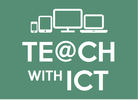
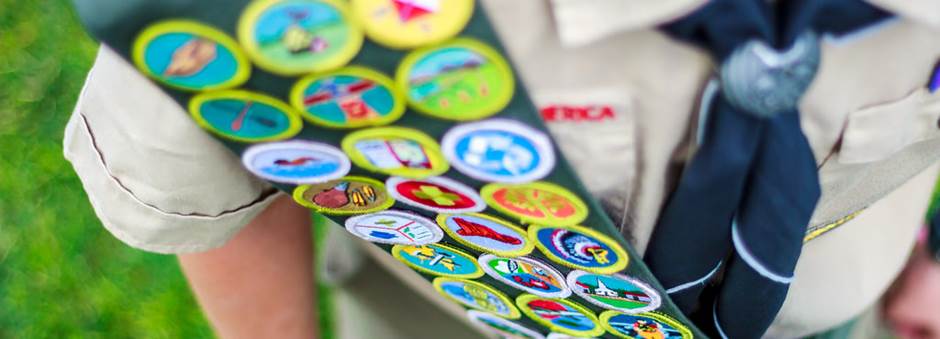
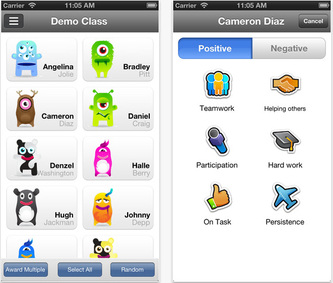
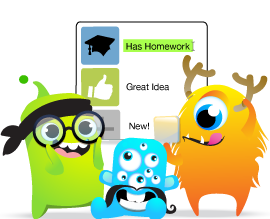
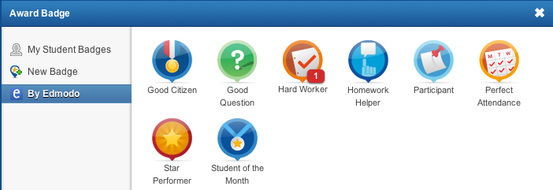



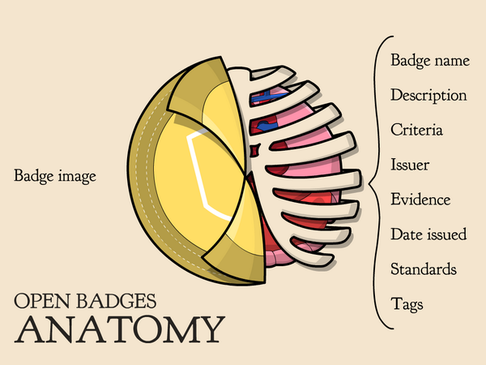

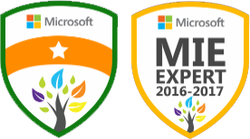
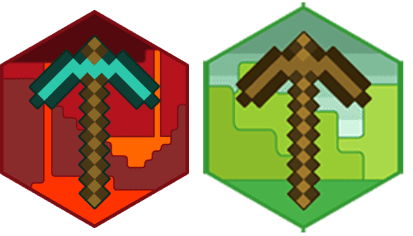

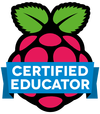

 RSS Feed
RSS Feed
